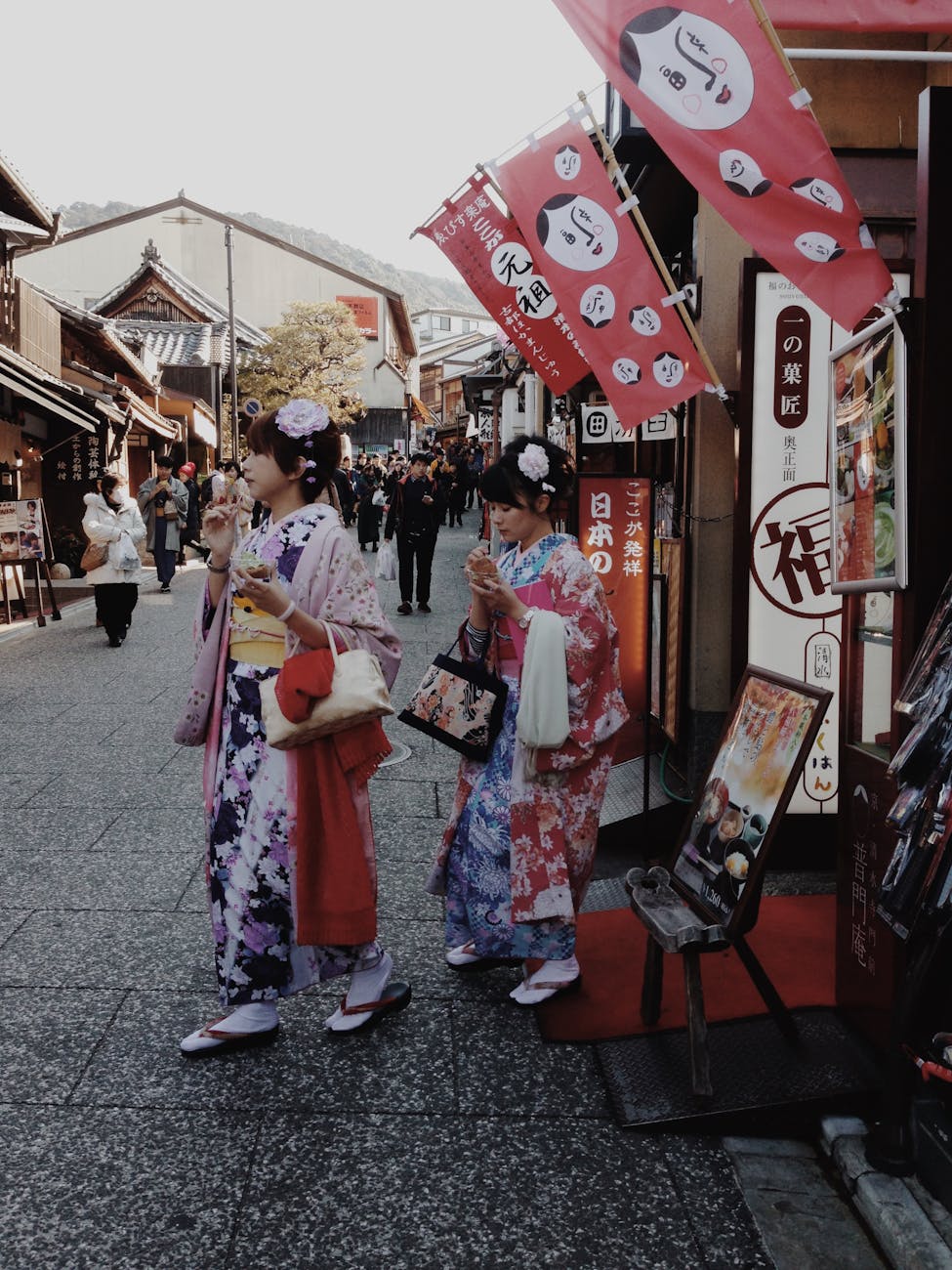In the bustling world of global cuisine, Japanese food has carved out a revered place, celebrated for its meticulous preparation and unique flavors. Yet, beyond sushi and ramen, lies a lesser-known, but equally enchanting category: Wagashi (Japanese traditional sweets). These delicacies, rooted deeply in Japan’s cultural and artistic heritage, are not just treats for the palate but are an expression of the season and artistry. As the appetite for authentic and unique global foods increases, exporting wagashi presents a golden opportunity for businesses looking to tap into new markets.
1. Yokan: A Sweet Slice of Tradition
Yokan is a jellied dessert made primarily from azuki beans and sugar, known for its dense, chewy texture. Its long shelf life makes it an ideal candidate for export. Available in various flavors, including matcha and chestnut, yokan can be conveniently packaged in small, individual servings, making it a perfect accompaniment to tea and a great introduction to Japanese sweets for the uninitiated.
2. Monaka: Beauty in Simplicity
Monaka consists of sweet azuki bean paste sandwiched between two thin, crisp wafers made from mochi rice. What makes monaka particularly appealing for international markets is its separate packaging of wafers and bean paste, ensuring that the wafers remain crisp until the moment of assembly. This not only preserves texture but also adds an interactive element for consumers, blending indulgence with experience. The aesthetic appeal of monaka, often crafted in shapes like cherry blossoms or maple leaves, resonates well with those seeking a visually engaging eating experience.
3. Karinto: Crunch Across Continents
Karinto is a deep-fried snack made from dough coated in a sweet syrup, typically black sugar. Its crunchy texture and variety of flavors, from sweet to savory, make it widely adaptable to various taste preferences. The robustness of karinto, combined with its packaging flexibility (from bulk packs to individual servings), ensures it can withstand long shipping durations without losing its delightful crunch.
4. Senbei: The Universal Crunch
Senbei, Japanese rice crackers, offer an expansive range of flavors, from traditional soy sauce to modern cheese or curry. Their durability and long shelf life are key for international distribution. By exploring innovative flavors that cater to local tastes while maintaining the classic preparation methods, senbei can appeal to a global audience looking for a savory snack option.
5. Kakinotane: Small Bites, Big Flavor
Popularly known as Japanese peanut crackers, kakinotane are small, crescent-shaped spicy snacks mixed with peanuts. Their compact size and combination of textures—from the crunch of the cracker to the nuttiness of the peanuts—make them an addictive snack that pairs wonderfully with beer or soft drinks, appealing to snack lovers everywhere.
The Art of Exporting Wagashi
Exporting wagashi involves more than just ensuring the product travels well; it requires cultural adaptation and smart marketing strategies. Customizing packaging to meet local regulations and appeal aesthetically to foreign consumers, along with clear labeling of ingredients and nutritional information, are crucial steps. Moreover, storytelling plays a significant role in promoting these traditional treats. Educating consumers about the cultural significance, historical roots, and artisanal methods involved in wagashi can elevate their perceived value and create a unique niche in the competitive sweets market abroad.
Conclusion
Wagashi are not merely sweets; they are a gateway to Japanese culture and art. As global consumers continue to seek out unique and authentic eating experiences, the potential for wagashi in international markets is substantial. By maintaining the delicate balance between tradition and innovation, businesses can unlock the sweet secret to global success with Japanese wagashi. Whether it’s the serene simplicity of a yokan or the delightful crunch of senbei, these treats offer a taste of Japan to savor, anywhere in the world.
